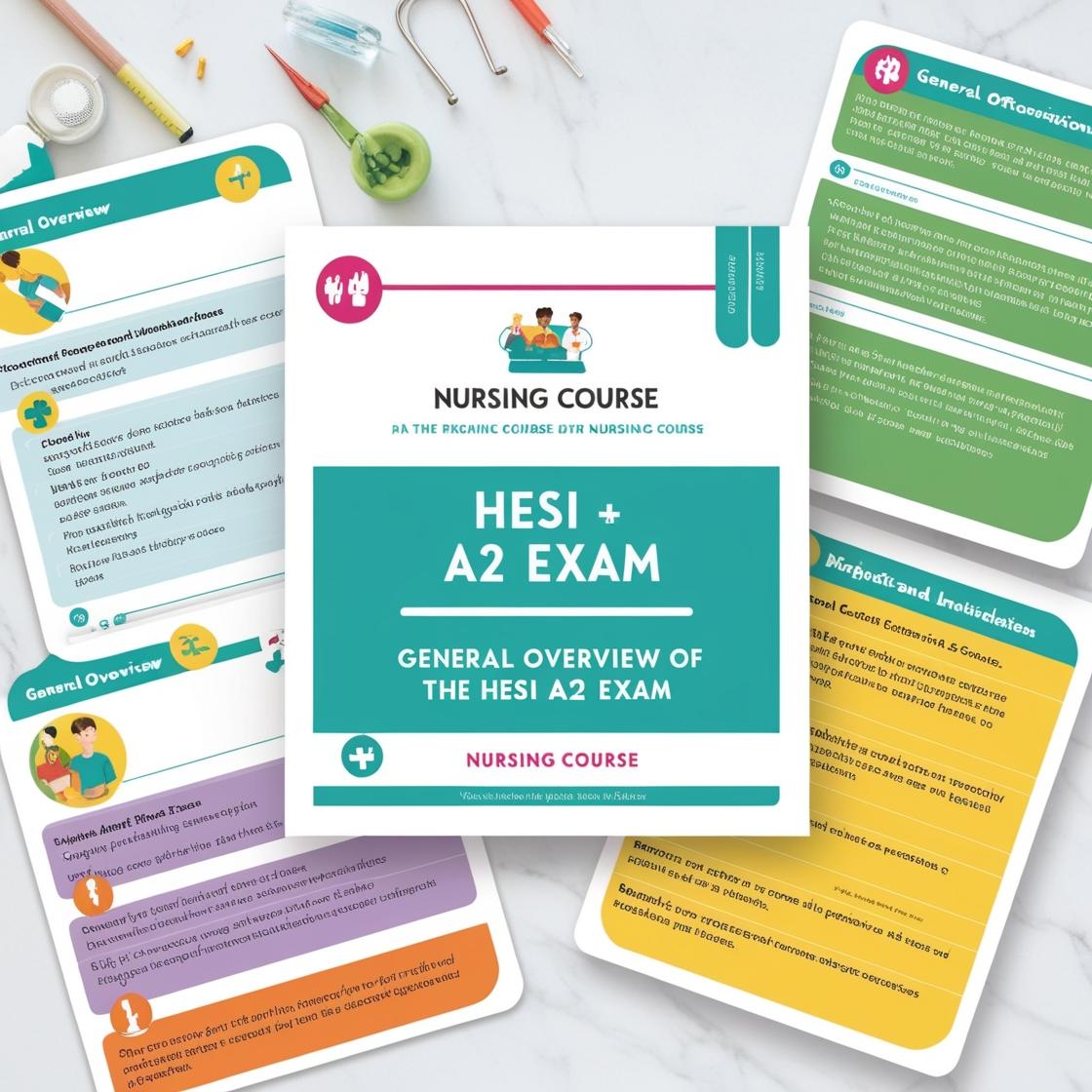HESI A2
HESI A2 Physics Practice Test
1. Which of the following materials has the lowest density?
- A. Water
- B. Cork
- C. Aluminum
- D. Steel
Correct answer: B
Rationale: Cork has the lowest density among the given options. Cork is a lightweight material derived from the bark of cork oak trees and is known for its low density, making it float on water. Water, aluminum, and steel have higher densities compared to cork. Water is denser than cork because it has a consistent density of 1 g/cm³. Aluminum and steel are metals with much higher densities due to their atomic structures, making them denser than cork.
2. Marilyn is driving to a wedding. She drives 4 miles south before realizing that she left the gift at home. She makes a U-turn, returns home to pick up the gift, and sets out again driving south. This time, she drives 1 mile out of her way to pick up a friend. From there, they continue 5 miles more to the wedding. Which of these statements is true about Marilyn’s trip?
- A. The displacement of her trip is 6 miles, and the distance traveled is 6 miles.
- B. The displacement of her trip is 14 miles, and the distance traveled is 14 miles.
- C. The displacement of her trip is 8 miles, and the distance traveled is 14 miles.
- D. The displacement of her trip is 6 miles, and the distance traveled is 14 miles.
Correct answer: C
Rationale: Marilyn’s displacement is calculated based on her final position relative to the starting point. She drives 1 mile to pick up her friend, then 5 miles more to the wedding, totaling 6 miles after returning to her home. So, the correct displacement is 8 miles south from her starting point (4 miles to the gift + 4 miles return + 1 mile to the friend + 5 miles to the wedding). The total distance traveled is 14 miles (adding all the distances). Choice A is incorrect because it miscalculates the displacement. Choice B is incorrect as it overestimates both the displacement and distance traveled. Choice D is incorrect as it underestimates the displacement.
3. If the force acting on an object is doubled, how does its acceleration change?
- A. It remains the same.
- B. It is halved.
- C. It is doubled.
- D. It is eliminated.
Correct answer: C
Rationale: According to Newton's second law of motion, the acceleration of an object is directly proportional to the force acting on it. Therefore, if the force acting on an object is doubled, its acceleration will also double. This relationship is expressed by the equation F = ma, where F is the force, m is the mass of the object, and a is the acceleration. When the force (F) is doubled, the acceleration (a) will also double, assuming the mass remains constant. Choice A is incorrect because acceleration changes with a change in force. Choice B is incorrect because acceleration and force are directly proportional. Choice D is incorrect because increasing the force acting on an object does not eliminate its acceleration; instead, it results in an increase in acceleration, as per Newton's second law.
4. An object has a constant velocity of 50 m/s and travels for 10 s. What is the acceleration of the object?
- A. 0 m/s²
- B. 5 m/s²
- C. 60 m/s²
- D. 500 m/s²
Correct answer: A
Rationale: The acceleration of an object is defined as the rate of change of its velocity. When an object has a constant velocity, it means there is no change in its speed or direction. In this case, the object maintains a constant velocity of 50 m/s for 10 seconds, which implies that there is no change in velocity. Therefore, the acceleration of the object is 0 m/s² as there is no acceleration or deceleration happening. Choices B, C, and D are incorrect because acceleration is the change in velocity over time, and in this scenario of constant velocity, the acceleration is 0 m/s².
5. When calculating an object’s acceleration, what must you do?
- A. Divide the change in time by the velocity.
- B. Multiply the velocity by the time.
- C. Find the difference between the time and velocity.
- D. Divide the change in velocity by the change in time.
Correct answer: D
Rationale: When calculating an object's acceleration, you must divide the change in velocity by the change in time. Acceleration is defined as the rate of change of velocity with respect to time. By determining the ratio of the change in velocity to the change in time, you can ascertain how quickly the velocity of an object is changing, thereby finding its acceleration. Choice A is incorrect because acceleration is not calculated by dividing time by velocity. Choice B is incorrect as it describes multiplying velocity by time, which does not yield acceleration. Choice C is incorrect as finding the difference between time and velocity is not a method to calculate acceleration.

Access More Features
HESI A2 Basic
$89/ 30 days
- 3,000 Questions with answers
- 30 days access
HESI A2 Premium
$129.99/ 90 days
- Actual HESI A2 Questions
- 3,000 questions with answers
- 90 days access
